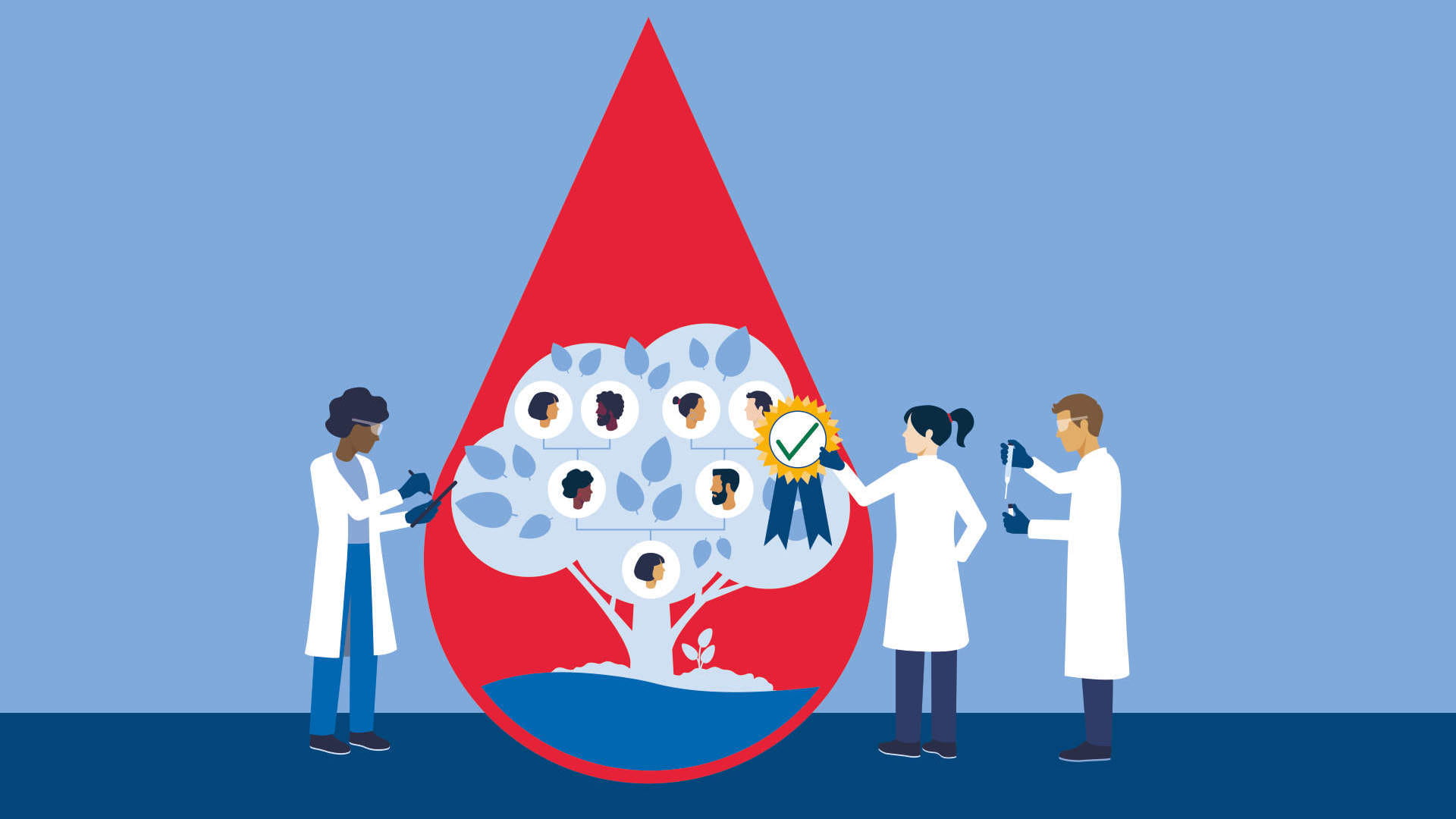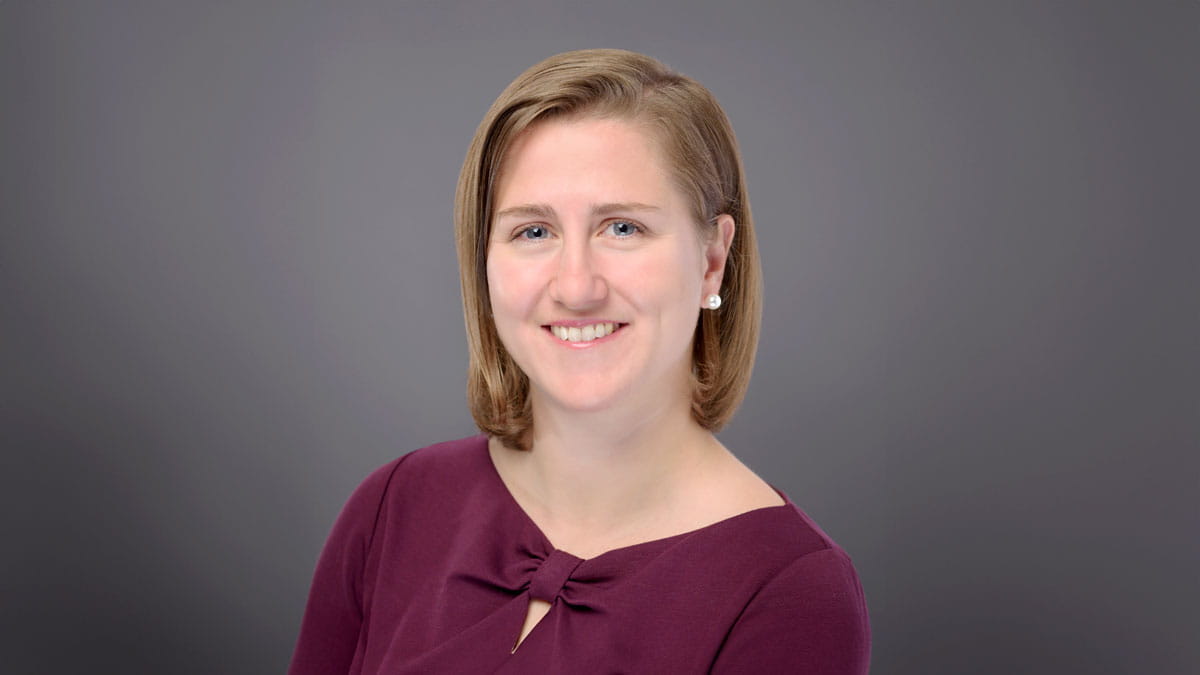

1. Tell us about your background and how you became interested in forensic science.
I have spent most of my career in forensic genetics research, working to optimize and validate new methods. Currently at Signature Science, I am working on applying advanced methods, such as ForenSeq Kintelligence, to challenging sample types. I previously worked at missing persons laboratories at the Armed Forces DNA Identification Laboratory and the International Commission on Missing Persons. At a young age, I remember being fascinated by a forensic science exhibit at the Maryland Science Center. I have always loved how it’s a very applied science and one that provides people with important answers.
2. Can you provide a summary of work your laboratory undertakes (types of cases, numbers of cases, for which police forces/customers)?
We work across the full spectrum of the criminal justice system, partnering with law enforcement agencies across the country, and processing evidence to help our clients solve difficult cases and exonerate the innocent. At our Center for Advanced Genomics (CAG), we often receive samples from cases that have not worked with capillary electrophoresis methods or are trying to generate new leads from older cases.
3. What were the major challenges your lab faced that led you to implement next-generation sequencing (NGS) for casework?
We saw the need for advanced methods to be applied to cases that were unresolved with traditional methods, particularly to the most challenging sample types such as bones. We therefore decided to adopt forensic investigative genetic genealogy (FIGG) methods in the CAG. The power of the genealogical databases to find distant relatives and resolve these cases reinforced that bringing on NGS technology was the clear direction to pursue, and would help our clients solve more cases.
4. What NGS products did you validate/implement on the MiSeq FGx, and why?
We have validated the Kintelligence kit on the MiSeq FGx. We saw the benefit of being able to generate thousands of makers to perform kinship inference with a targeted sequencing approach. The kit’s compatibility with low quantity and degraded samples was ideal for the types of samples we wanted to apply it to.
5. What types of cases do you/do you intend to apply the ForenSeq Kintelligence workflow to?
We are currently focusing on applying the ForenSeq Kintelligence workflow to older cases, up to 60s years old to support criminal investigations and the identification of missing persons. This includes working with bone samples, an especially difficult sample type, for which we saw impressive results with our validation.
6. What were the key challenges when undertaking your validation of Kintelligence and how did you overcome these challenges?
One of the challenges in validating the Kintelligence kit was navigating how to incorporate the necessary controls that appropriately assessed the method in a way that did not negatively impact samples. In thinking through negative controls, we made the decision to not include them in sequencing runs that had low-input samples. This prevents the control from decreasing the total amount of the sample library that can be sequenced. We still assess the negative control, just in a separate sequencing run. Further, we have incorporated an adapter check to detect adapters that were not intentionally included in the run. This proactively monitors the laboratory for potential adapter contamination events.
7. What would you say to other labs considering validating and implementing NGS, and Kintelligence in particular, for HID casework?
I would encourage laboratories considering implementing NGS and Kintelligence to seek to understand the steps of library preparation and sequencing. There are similarities to current methods, but also some important differences. Understanding what is happening at each step can help with optimization and troubleshooting.
8. What impact do you see NGS having on your casework over the next few years?
NGS is here to stay and will be a part of our casework for the foreseeable future. I think it will expand the pool of samples that are eligible for testing and resolve cases that were previously unsolvable.

